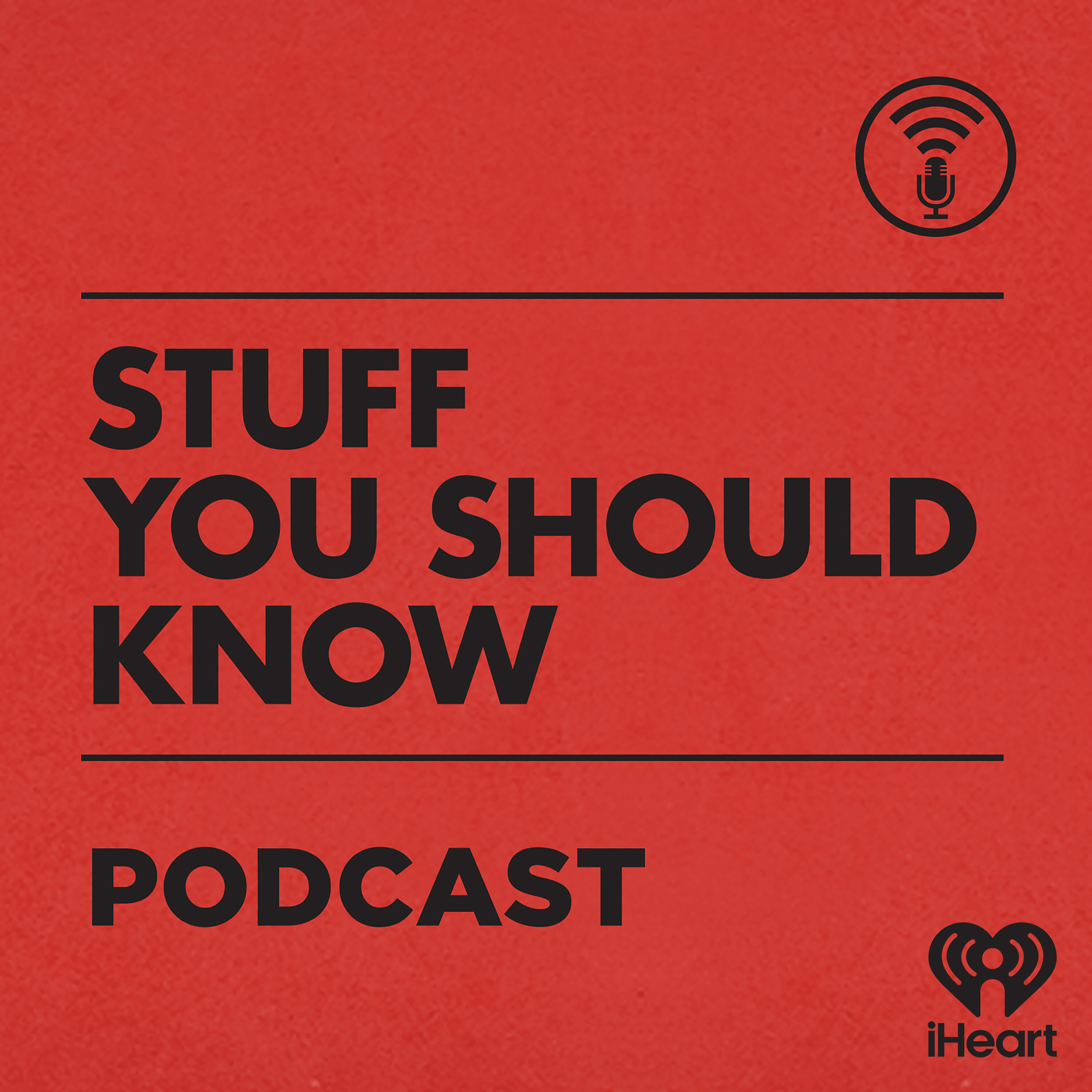Episode

Selects: How Therapeutic Hypothermia Works
Description
Physicians noticed centuries ago that people exposed to cold temperatures often have amazing recoveries from serious medical emergencies. Now medicine is learning how to purposefully induce hypothermia in order to buy time to fix otherwise fatal trauma. Find out all about it in this classic episode.See omnystudio.com/listener for privacy information.
Chapters
Hosted by Jason Alexander and Peter Tilden, Really No Really is an informative and humorous podcast that seeks answers to things that make people say "real no, really".
00:00 - 00:41 (00:41)
Summary
Hosted by Jason Alexander and Peter Tilden, Really No Really is an informative and humorous podcast that seeks answers to things that make people say "real no, really". It can be found on the iHeartRadio app, Apple Podcasts, and wherever listeners access podcasts.
EpisodeSelects: How Therapeutic Hypothermia Works
PodcastStuff You Should Know
The podcast hosts recount a time where they took Josh's blood type on stage during a show using a biohazard suit and a plague doctor mask.
00:41 - 03:57 (03:16)
Summary
The podcast hosts recount a time where they took Josh's blood type on stage during a show using a biohazard suit and a plague doctor mask.
EpisodeSelects: How Therapeutic Hypothermia Works
PodcastStuff You Should Know
Therapeutic hypothermia is a medical procedure that induces lower temperatures to allow for better medical interventions.
03:57 - 08:27 (04:30)
Summary
Therapeutic hypothermia is a medical procedure that induces lower temperatures to allow for better medical interventions. It has been around since at least the Napoleonic Wars and has proven effective in helping patients with traumatic brain injuries.
EpisodeSelects: How Therapeutic Hypothermia Works
PodcastStuff You Should Know
The idea of hypothermia has been associated with death from being exposed to cold temperatures, but in space travel context, hypothermia is a tool to slow down the body and reduce heart rate during long journeys.
08:27 - 12:50 (04:22)
Summary
The idea of hypothermia has been associated with death from being exposed to cold temperatures, but in space travel context, hypothermia is a tool to slow down the body and reduce heart rate during long journeys.
EpisodeSelects: How Therapeutic Hypothermia Works
PodcastStuff You Should Know
One woman's incredible story of surviving hypothermia after being submerged under ice for 80 minutes, and how researchers have learned that it's not the exposure to cold that kills you, but the rewarming process must be done precisely right.
12:50 - 19:07 (06:16)
Summary
One woman's incredible story of surviving hypothermia after being submerged under ice for 80 minutes, and how researchers have learned that it's not the exposure to cold that kills you, but the rewarming process must be done precisely right.
EpisodeSelects: How Therapeutic Hypothermia Works
PodcastStuff You Should Know
Therapeutic hypothermia refers to the process of lowering the body temperature for various reasons in order to maintain a normal core body temperature and keep the body alive, with a normal human core body temperature being typically 6 degrees.
19:07 - 22:24 (03:17)
Summary
Therapeutic hypothermia refers to the process of lowering the body temperature for various reasons in order to maintain a normal core body temperature and keep the body alive, with a normal human core body temperature being typically 6 degrees.
EpisodeSelects: How Therapeutic Hypothermia Works
PodcastStuff You Should Know
When a patient suffers a heart attack, they can experience return of spontaneous circulation through the use of medically-induced hypothermia.
22:24 - 27:25 (05:00)
Summary
When a patient suffers a heart attack, they can experience return of spontaneous circulation through the use of medically-induced hypothermia. This method involves a machine that removes CO2, adds oxygen, and pumps the blood back into the body while the heart and lungs are stopped.
EpisodeSelects: How Therapeutic Hypothermia Works
PodcastStuff You Should Know
White blood cells play a crucial role in cleaning up dead cells, such as those that occur when blood flow to the brain is interrupted.
27:25 - 31:13 (03:47)
Summary
White blood cells play a crucial role in cleaning up dead cells, such as those that occur when blood flow to the brain is interrupted. The chemical battery of neurons can become disrupted when white blood cells start cleaning up dead cells and blood flow returns, causing further damage to the brain cells.
EpisodeSelects: How Therapeutic Hypothermia Works
PodcastStuff You Should Know
Patients need to be cooled down quickly in medical emergencies, such as heatstroke.
31:13 - 36:53 (05:40)
Summary
Patients need to be cooled down quickly in medical emergencies, such as heatstroke. Sedation is the first step, followed by cooling techniques like ice packs on the armpits, groin, and chest.
EpisodeSelects: How Therapeutic Hypothermia Works
PodcastStuff You Should Know
During the maintenance phase of cryopreservation, the body is kept at a very low temperature with the help of cold water packs or forced air blankets to avoid the formation of ice crystals, which can rupture cells.
36:53 - 38:06 (01:13)
Summary
During the maintenance phase of cryopreservation, the body is kept at a very low temperature with the help of cold water packs or forced air blankets to avoid the formation of ice crystals, which can rupture cells. This phase carries a lot of risks for the patient, including arrhythmia and low electrolyte levels.